Of course, it is the sun that lights up the sky in the day and stops us from living in perpetual darkness, whilst also allowing wildlife in nature to grow and flourish, making it perhaps the most important part of our ecosystem. So then, why is it the moon, the darker half that is worshipped consistently across a variety of indigenous spiritualities and cultures by astrologists or simply the superstitious?
I’m in the process of writing a fantasy novel, centred around animist principles that sit outside the Western approach to separating ourselves from Eco-spirituality. The book *untitled* has encouraged me to explore our connection to the moon beyond my current understanding, where we always used to consider the cosmos as being influential on the world below.
Central to my novel, and thus my research, is the eco-spirituality present in the Gulf of Guinea region, with a specific emphasis on spirituality indigenous to Nigeria (which is of great significance to me personally), combined with the knowledge passed around the Fon people of Benin, as part of the Dahomey religion. To the Fon, having created the universe, Nana Bukulu, a supreme being, produced children Mawu and Lisa, representing the moon and the sun, alongside the respected gender identities that went along with them, with Lisa representing the male counterpart, providing light to the world, and Mawu representing the feminine, associating herself with creation, fertility and motherhood, credited with forming the first humans from clay and water. At times, Mawu/Lisa is considered one being, Mawulisa, as a genderless figure with both feminine and masculine sides. Similarly, in southern Nigeria, the Ijaw (found in states; Delta, Rivers, Edo etc), revere Woyengi, the goddess of ‘destiny’ who created humans from earth’s mud, allowing each to choose their gender and occupation. Both these entities are known as powerful female deities whose stories challenge the connection so often fed to us, associating femininity with passivity. But the flux between power and softness is far more apparent in its operation, where its association with female traits also derives from its cycle's resemblance to the average menstrual cycle (28 days), comprised of four distinctive stages.
More traditional beliefs about the moon exist in multiple different contexts, that still share similarities. Algonquin communities have long since revered the moon throughout history, viewing it as a natural marker of time and a guide for seasonal activities like hunting, planting, and harvesting. The full moon, in particular, played a significant role in their calendars, with each moon of the year having its own name and meaning based on the natural world. For example, the January "Full Wolf Moon" (which we sit in currently) reflects the harsh winter when wolves howled for food, while the June "Full Strawberry Moon" marked the peak of strawberry picking.
Despite the widespread effort to erase and colonise this understanding, these moon names were later adopted by settlers and remain useful in sources like the Farmer’s Almanac and by NASA. Once again, we can see this association with lunar energy as being feminine and Native American communities have been known to honour the "Grandmother Moon" in ceremonies, involving prayers, drums, songs, and the burning of sacred herbs, symbolising renewal, healing, and strength. The sheer beauty found within this understanding of nature’s facets has inspired me to find ways to include characters in my book to represent this perspective too as underrepresented as it is in mainstream media.
Anyway, where the writing for my novel looks at inverting our current denigration of eco-spirituality, I have become even more aware of my external reality, where what takes place even in the midst of a climate crisis is a clear emphasis on dis-empowering Indigenous communities and replacing this sacred connection with a connection to a white god, embodied by man, rather than mother earth, which informs our understanding of what is ‘life-giving’ so that we develop the self-centred and capitol-driven desire to immortalise oneself rather than immortalising the planet that houses us.
Most of us understand that we’re too far gone. But to some of us, the death of humanity on planet Earth doesn’t stretch beyond our own pain in a larger, more existential or moral sense. Where we truly admire what nature has to offer, offering it our respect and love in return, the abuse it has suffered since the Industrial Revolution shouldn’t go unanswered, and so, whilst the climate crisis will mean our destruction and the tragic deaths of those who are undeserving of the horrors that come with climate change, some of whom will have even advocated for environmental change, the slow decay of our species into the ground might at the very least, allow her to heal. But then the death of our own planet doesn’t satisfy the greed or thirst that lives within the so-called ‘elite’ coalition of our population, and they look to the moon now as a dumping ground on which to ‘make their mark’, and satisfy insecurities that despite all their billions, they aren’t all that important or rememberable.
For the first time, the moon has been added to the list of threatened cultural sites because space-obsessed countries like mine and probably yours refuse to stop colonising it – leaving behind more than 200,000 kg of trash.
As of June, 2024, “images were beamed back to Earth of China’s flag unfurled on the Moon. It’s the country’s fourth landing there - and the first ever mission to return samples from the Moon’s far side. In the past 12 months, India and Japan have also set down spacecraft on the lunar surface. In February, US firm Intuitive Machines became the first private company to put a lander on the Moon, and there are plenty more set to follow”.
- Rebecca Morelle, BBC In-Depth
But since no one can legally own the moon, it feels as though the space race appears more like some kind-of cosmic battle, with the casualties being not human lives, but the death of our connection to a symbol so spiritually potent.
Space colonisation is far from being a new concept. Butler’s 1993 novel ‘Parable of the Sower’ introduces the concept of ‘Earth seed’ to introduce her take on human expansionism into space. If we take a look further back into literary history, Edward Hale wrote his 1869 serial, as supposedly being the first written account of a space colony, followed by Bernal’s 1929 work speculating about giant space settlements. So now it appears the time has come, and as of this year, the moon has been added to the World Monuments Fund’s (WMF) list of threatened heritage sites due to concerns over potential looting and damage from commercial lunar activities. As space exploration accelerates, with private companies like SpaceX and future NASA missions increasing lunar traffic, the WMF fears that significant artefacts, like the footprints of Neil Armstrong and Buzz Aldrin, may be disturbed. But the concerns from even the WMF look to maintain the sanctity of human evidence in space, rather than emphasising the disrespect imposed on numerous communities when we decide to trash an entity hallowed for so many.
We hold respect for those religious dwellings on earth, whether we’re talking about the church or a mosque or a synagogue, whilst ignoring the destruction of a site that is looked to as ‘mother’, ‘protector’, timekeeper’. The WMF recognises the need to preserve historical items from humanity’s first steps beyond Earth, but it seems to me that we should be questioning our position of authority in exploring (and ruining) other planets at all.
There is this underlying understanding that when we fear the colonisation of the moon, we’re not fearful of its exploitation by people who have always revered and respected it, but rather the same force that entitles itself to land to which they’re foreign. Those endeavours that purposefully ignore nature’s significance have been behind colonisation as it happens on our earth and fail to regulate itself upon entering outer space because capitalistic narcissism considers itself transcendent of values we’ve come to value on earth, like respect or honour.
It's bright, white appearance looks so much like a blank canvas to me now. For some, this presents an opportunity for destruction and self-imposition onto a fresh surface. Then there are those like myself, who see this as an opportunity to begin again, not with the intention of immortalising humanity, but with the intention of learning when not to prioritise ourselves, but rather the bodies that existed long before we arrived, and will likely remain when we’re gone.
Unlike the sun, the moon isn’t host to a legion of fiery protections that help to keep us out. She isn’t safe from us by way of distance or atmosphere, and so her welcoming, hospitable nature might very well be her ending, and as what is a sacred temple to many exists as a celestial playground to others, they’ll have successfully colonised not just land, minds and bodies but spirit.
Asisa
Sources
https://afrospiritualities.com/2021/05/29/moon-as-mother/ West African understanding, the moon.
https://www.notesfromthefrontier.com/post/native-american-moons#:~:text=Many%20Native%20American%20legends%20and,And%20she%20gives%20thanks. Native American understading, the moon
https://www.ndtv.com/world-news/moon-joins-world-heritage-risk-list-amid-rise-in-space-activities-7508065 Moon Joins World Heritage Risk List Amid Rise In Space Activities
https://spacetrashsigns.org/
Moon Pollution


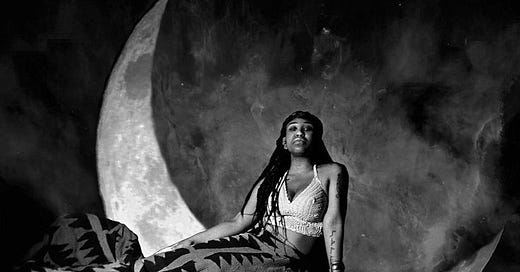



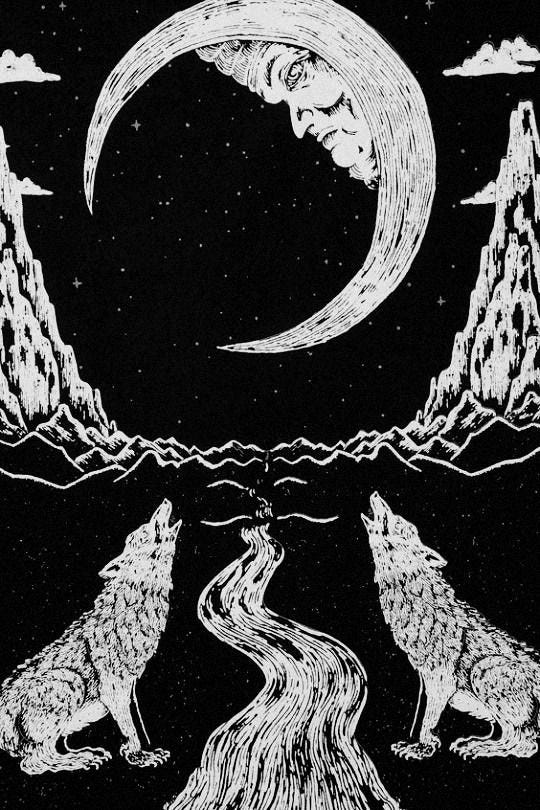
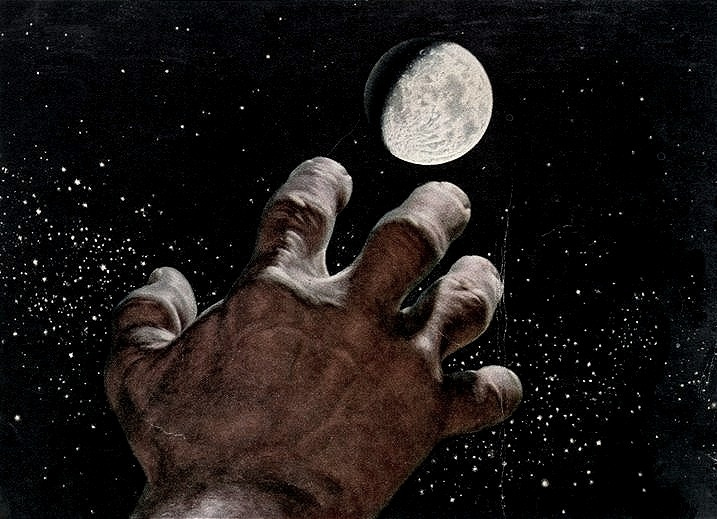
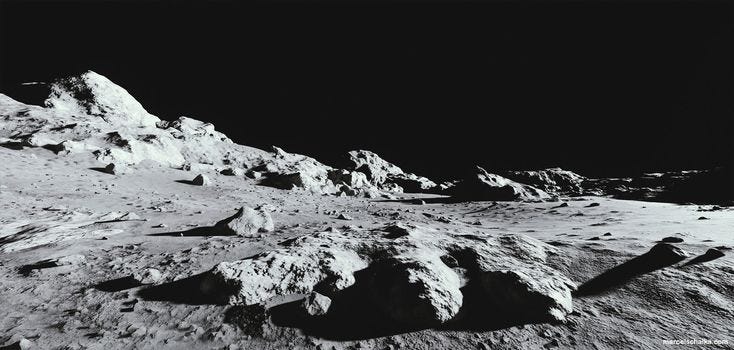
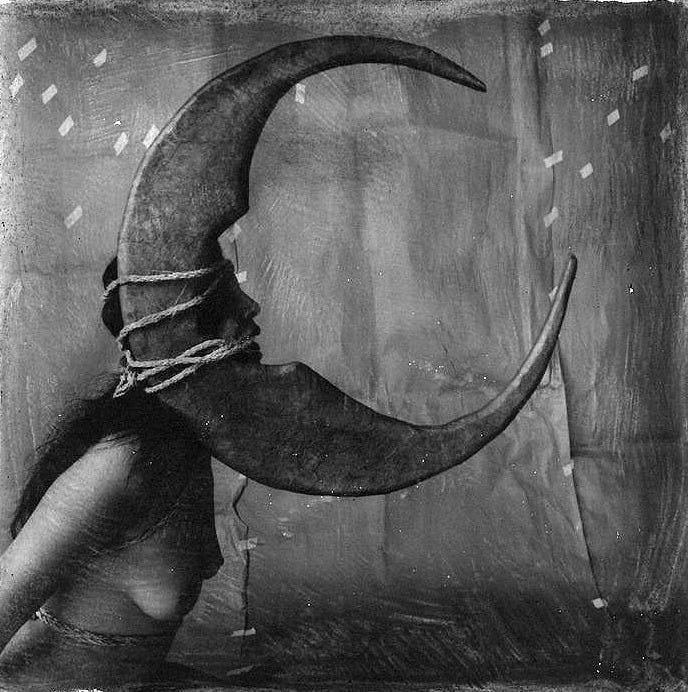
Wow so insightful and such a shame.